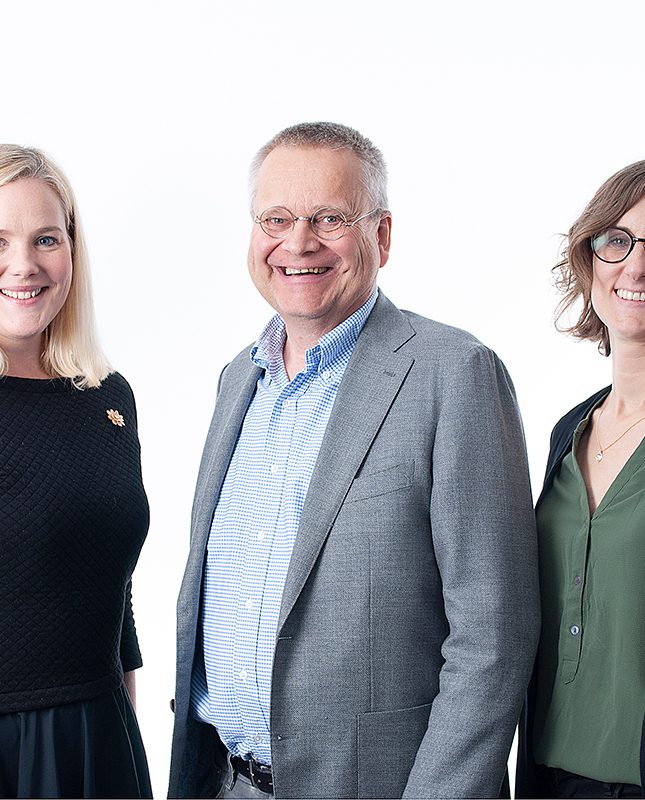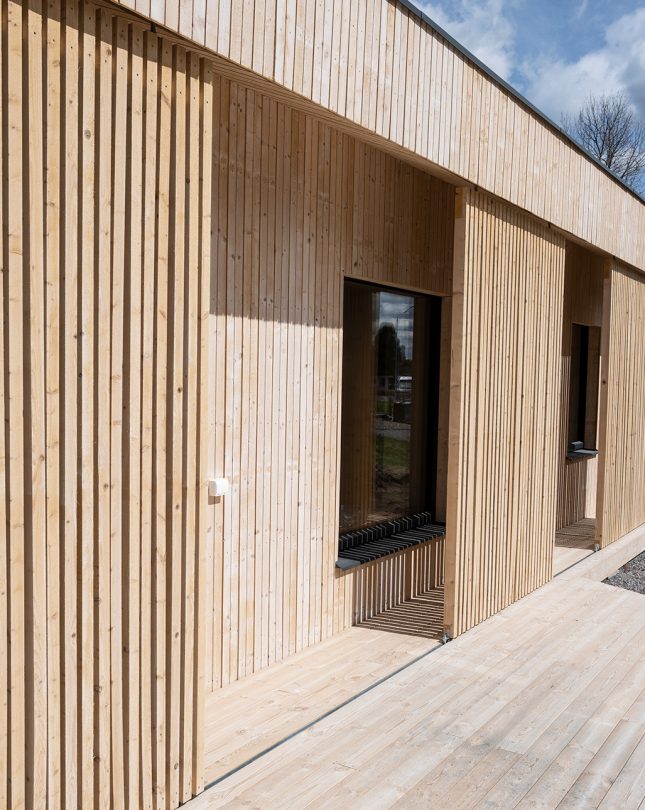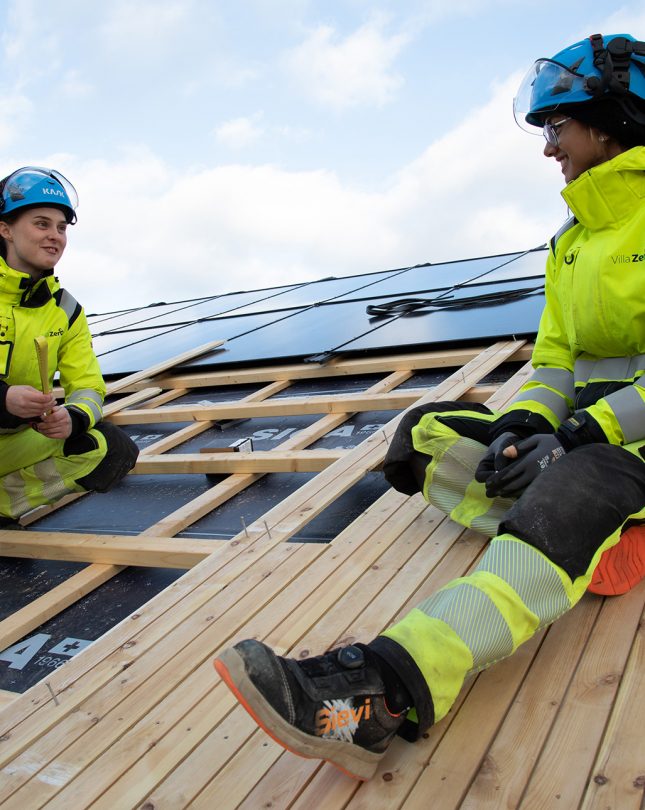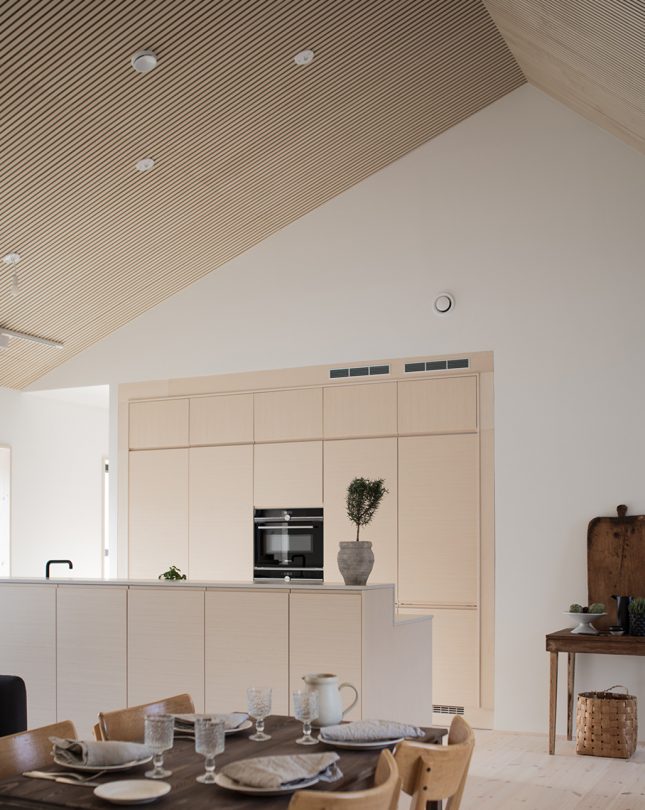Our latest news and views English
Underpinned by our Scandinavian design heritage, we bring you regular stories about architecture and interiors, exploring natural materials, acoustics, and the creation of safe and harmonious environments.
Welcome to Villazero, a detached house in the town of Borlänge in central Sweden that is setting new standards both in terms of sustainability and also in its attempt to create a gender equal construction industry.

The Villazero project encompasses many firsts. The development was run by Fiskarhedenvillan, one of Sweden’s largest house manufacturers, together with Mondo Arkitekter and construction specialists Structor Byggteknik, with support from the region of Dalarna. The team were determined not only to reduce carbon dioxide emissions but also to create a better gender balance in the construction industry.
In order to attain carbon neutral status, Villazero had to be verified by the Nordic Swan Ecolabel and NollCO2, a certification run by the Sweden Green Building Council. This includes reporting the building’s entire life cycle climate impact, including the manufacture and transport of building components, construction processes as well as the use and final management of the building.
Designing the building based on scalable material efficiency was crucial. “In three years’ time, I want us to know which materials have the lowest impact on the climate, and then replace our building materials with these more sustainable materials”, says Gunnar Jönsson, CEO of Fiskarhedenvillan.
Gabriella Hagman of Mondo Arkitekter adds, “We have tried to use wood as much as possible and mainly where it makes the biggest difference in carbon footprint. CLT in the foundation instead of concrete, wooden roofs instead of concrete tiles and wood fibre insulation instead of rockwool insulation.” The architects point to the advantage of wood in terms of reusing and recycling. Other sustainable features include the solar panels on the roof which supply the house with electricity and also sending green electricity back to the electricity grid. “The house is built according to the requirements for Passive Houses: to be as energy efficient as possible.”


Given that just 1% of construction workers in Sweden are women, the people behind Villazero wanted to do things differently. In order to create role models and attract more women into the industry, the project team has hired a construction team that is exclusively female. “I want to be able to offer our customers a new way of thinking, which this project will be able to provide,” says Kristina Hansen, CEO of Structor Byggteknik Dalarna AB.
Built on a plot in Borlänge the team started on site at Villazero just before Christmas 2019 with the actual construction of the house taking around six months. As for what they have learned, Hagman says, “We have learned to take life cycle assessment calculations to a new level, and how important it is to compare the climate impact of materials through EPDs. We have also learned which parts of a house have the greatest impact on the climate and therefore it is most important to review first.”
Local suppliers and material-efficient solutions were the obvious choice for Villazero to keep the carbon footprint to a minimum. For the ceiling, Gustafs Lamellow was selected thanks to its acoustic properties and sustainability credentials, such as a high content of recycled materials. Hagman explains, “We have specified a range of materials and products that have a lower impact on the climate. In addition to Gustafs’ Lamellow, this includes a kitchen made of composite materials, solar cell panels on the roof, and walls made of L-shaped structural timber beams which give a 47% saving of raw materials.”
All in all, Villazero provides a solid lesson in sustainability for the construction sector, as well as in gender parity.
